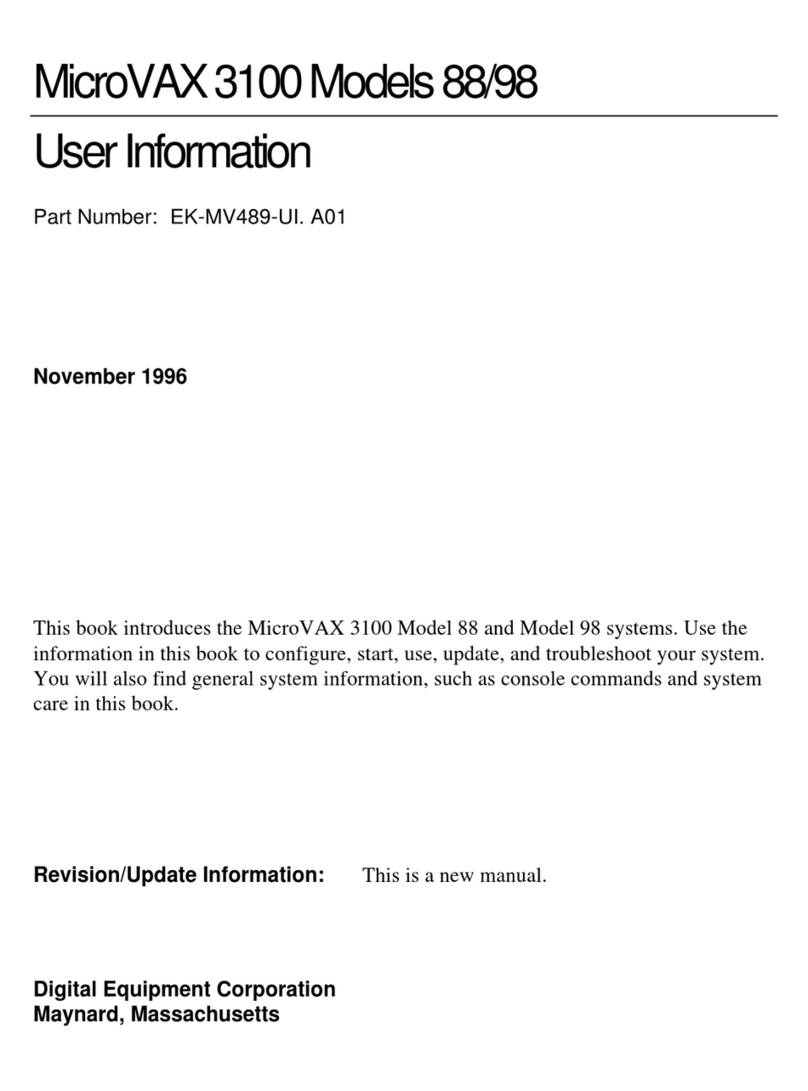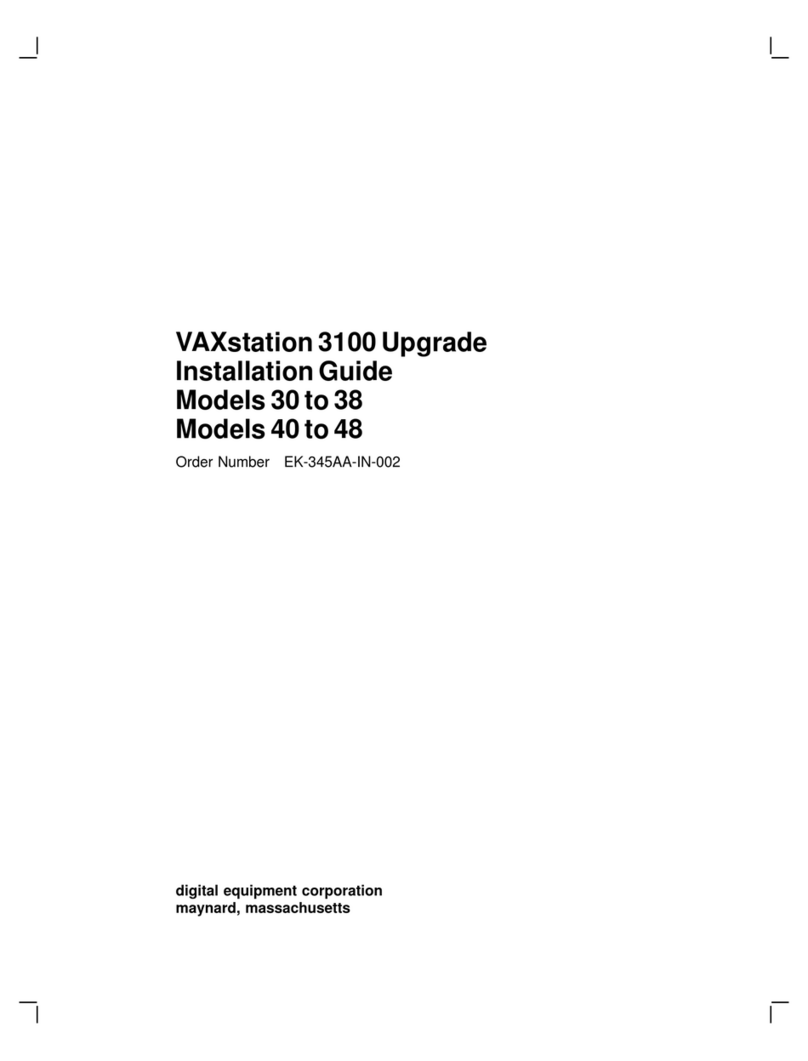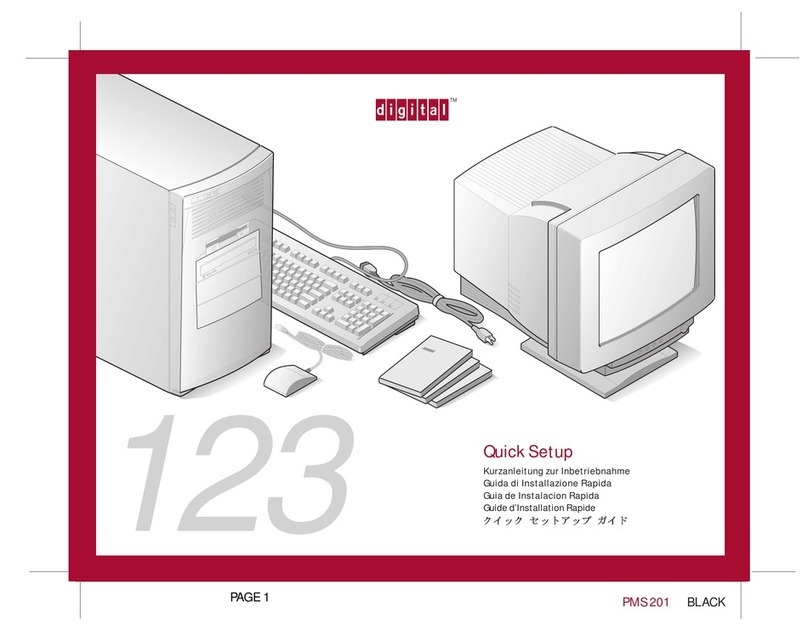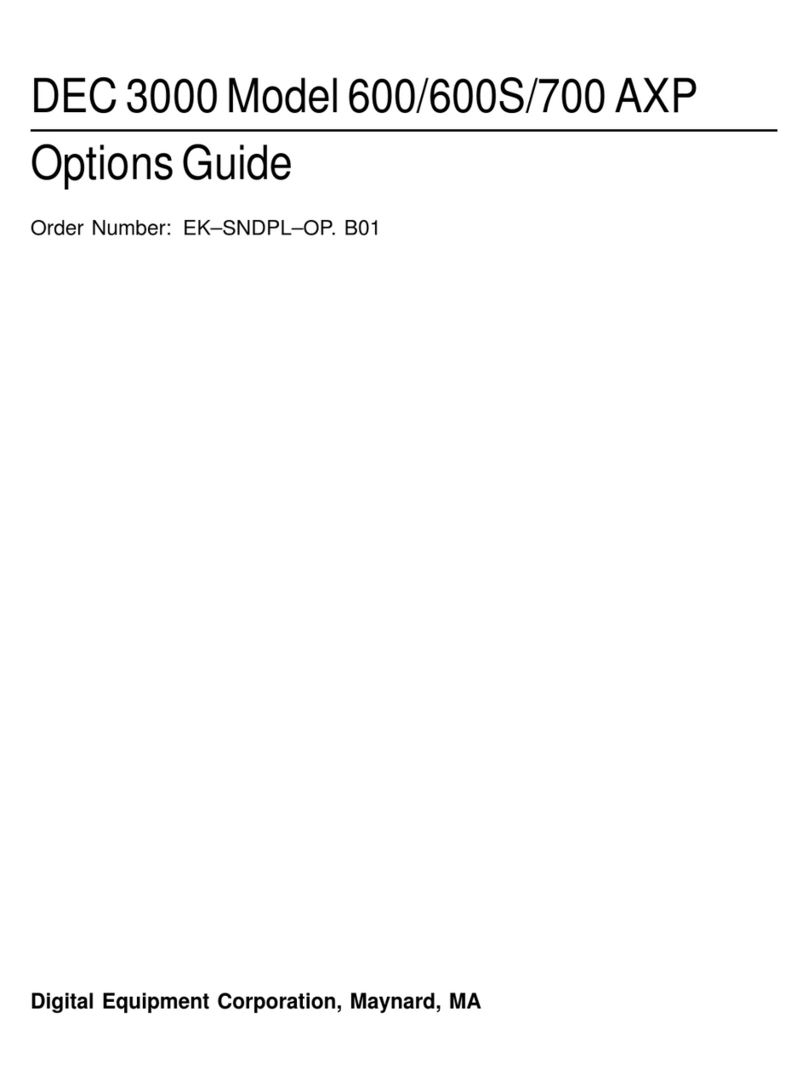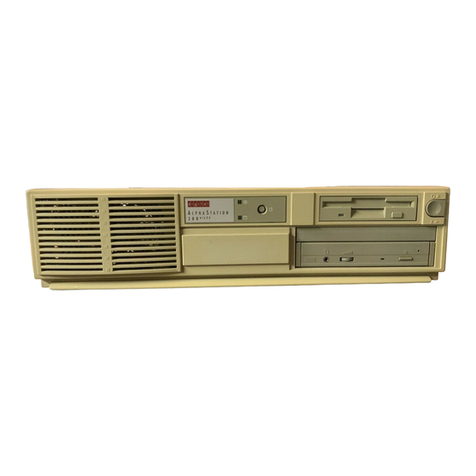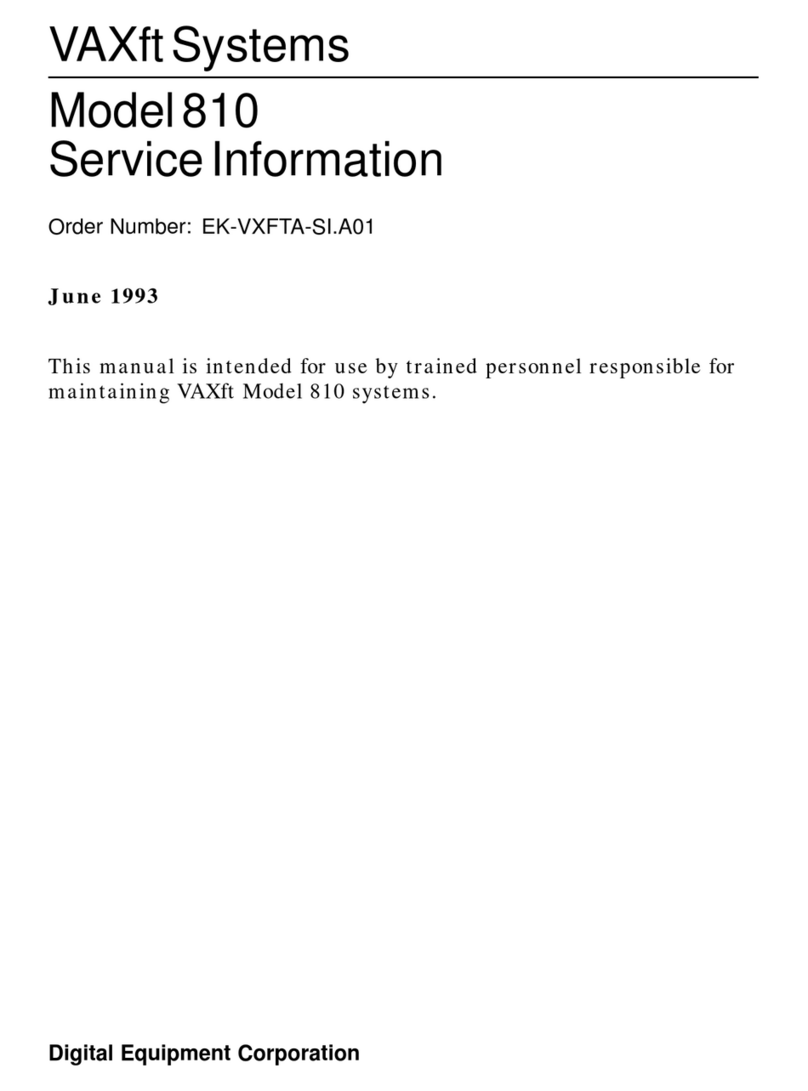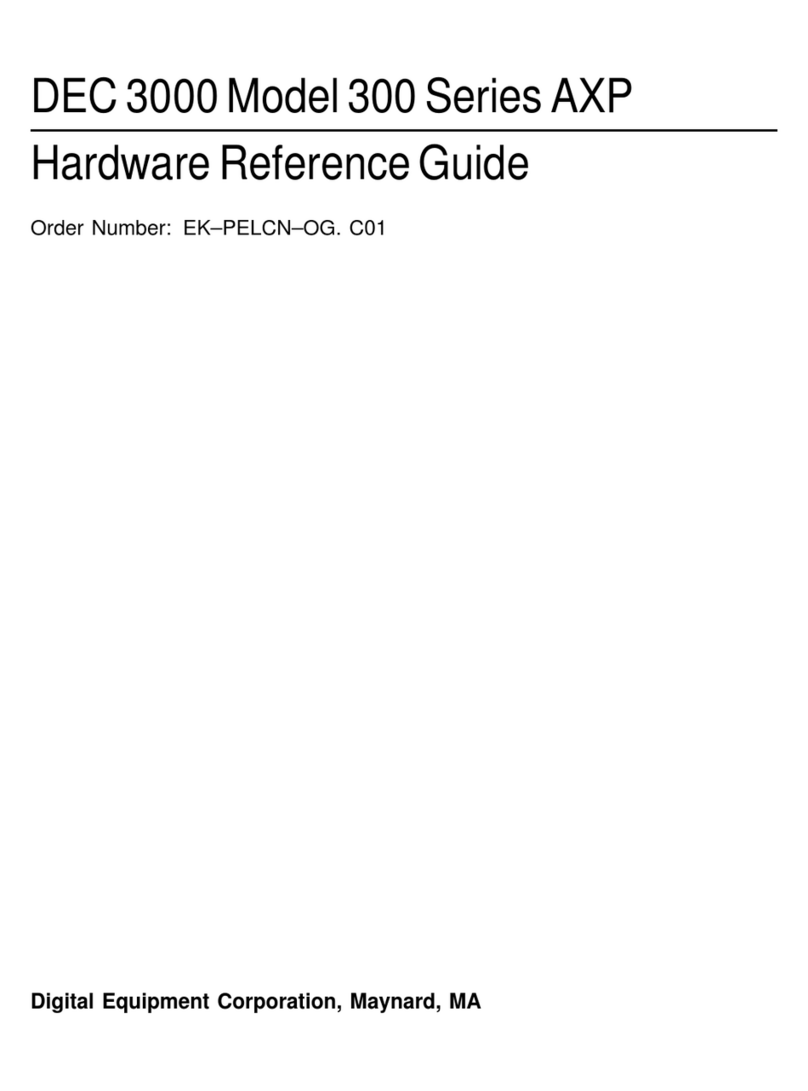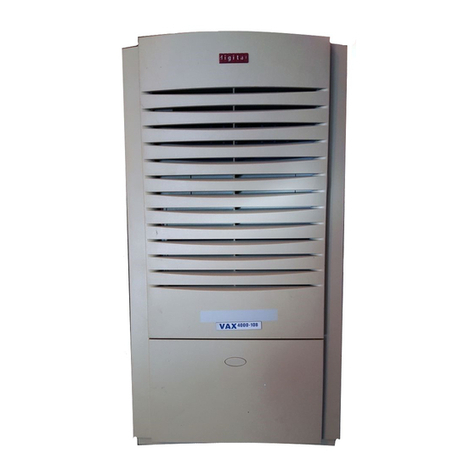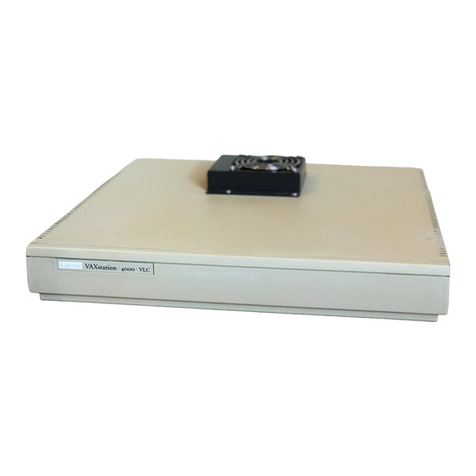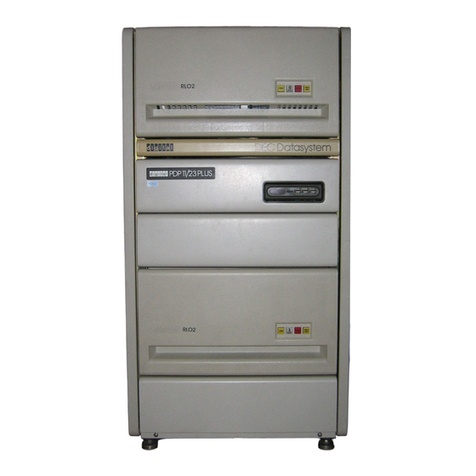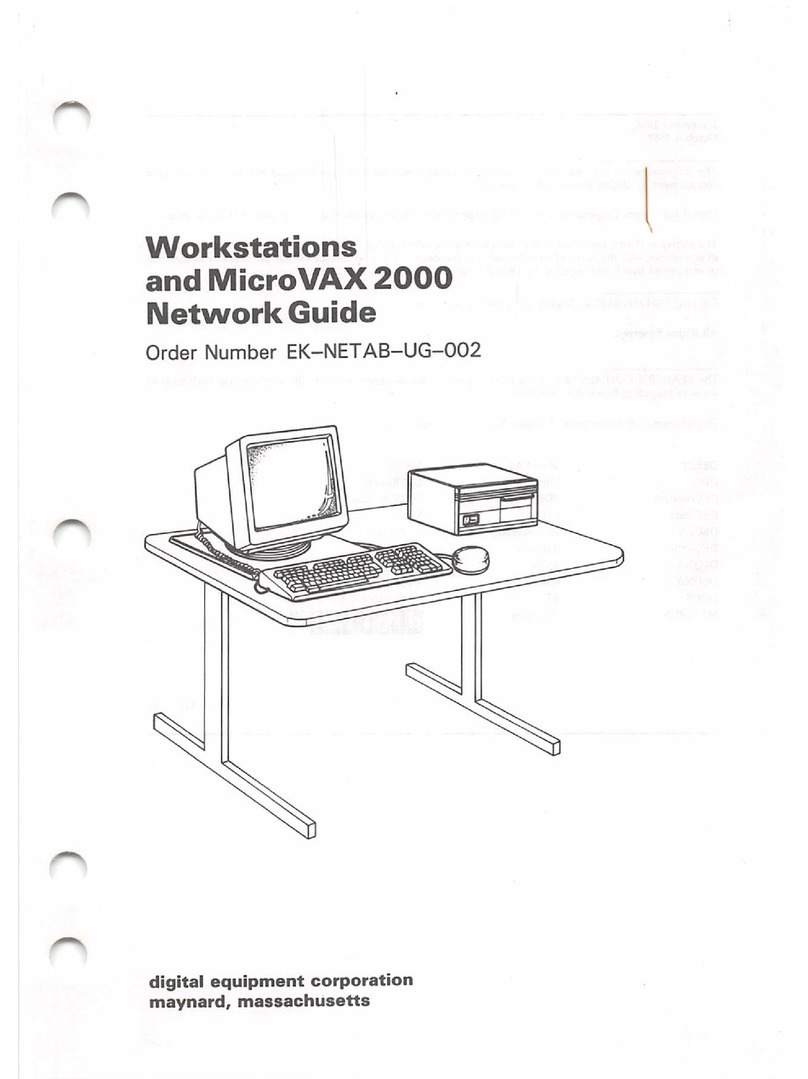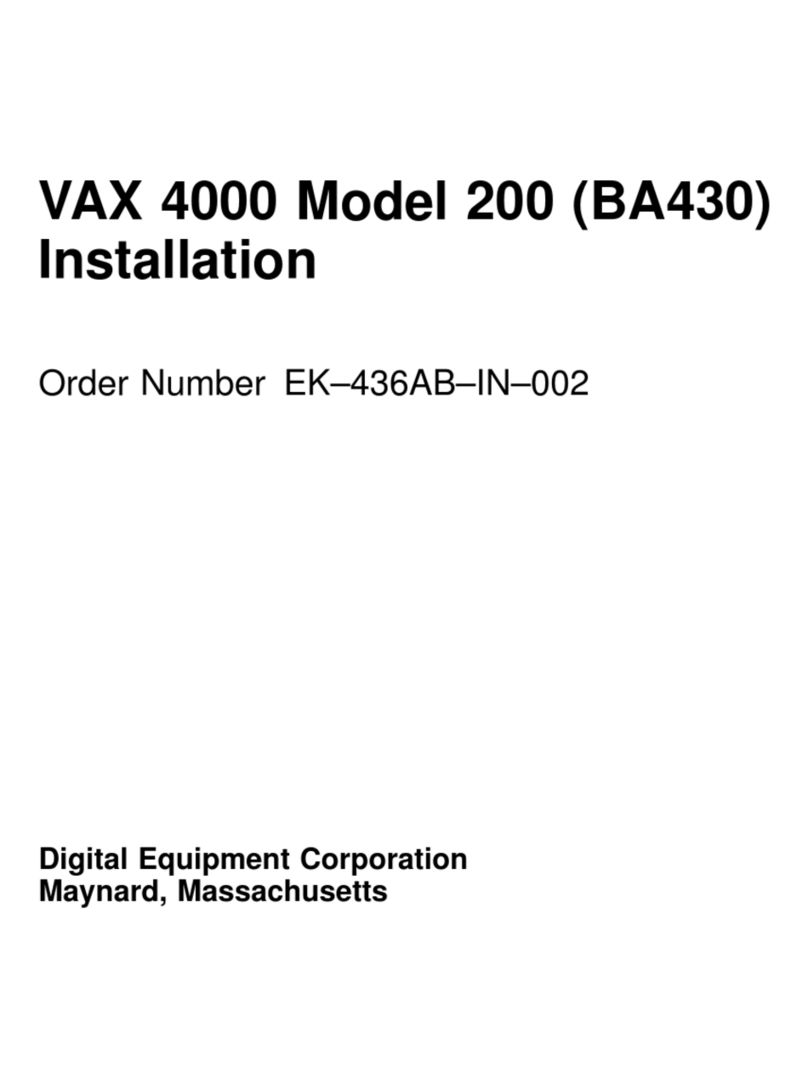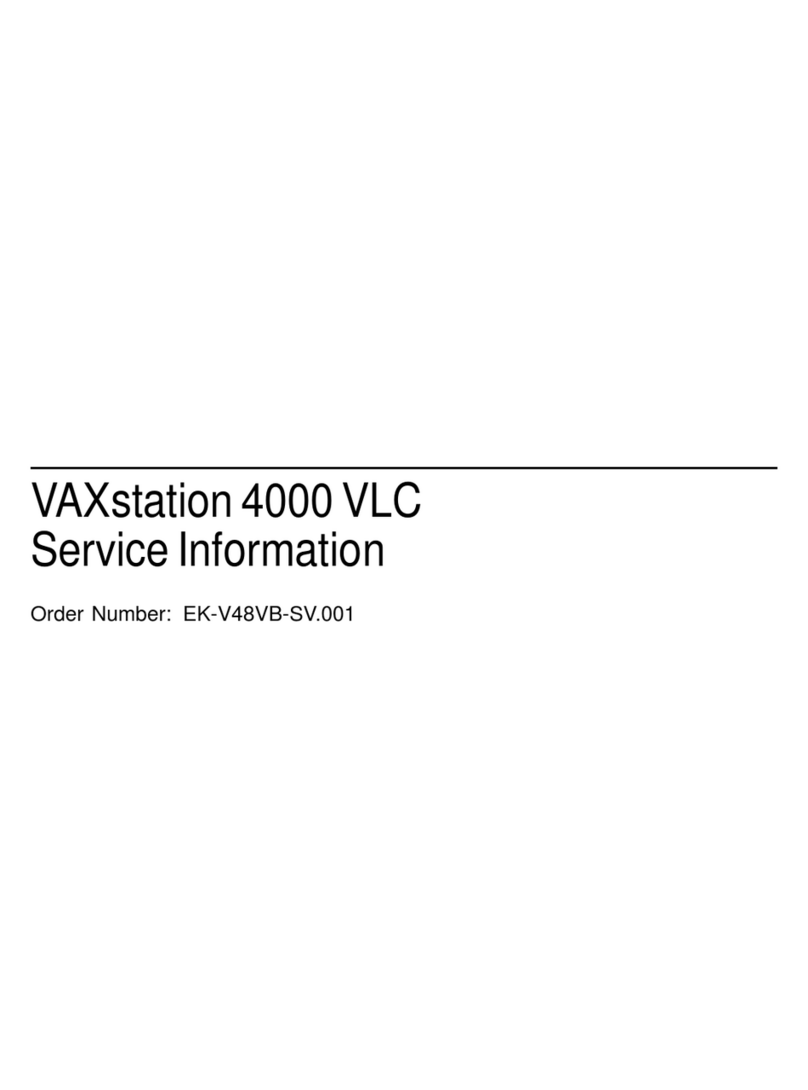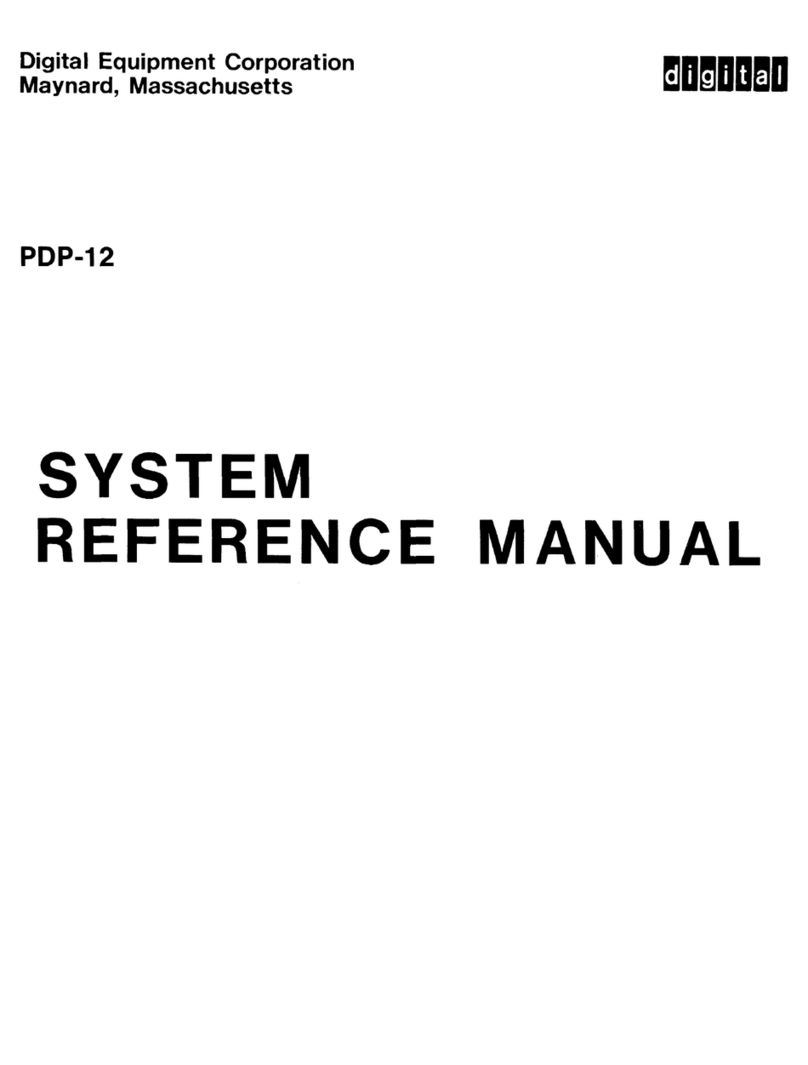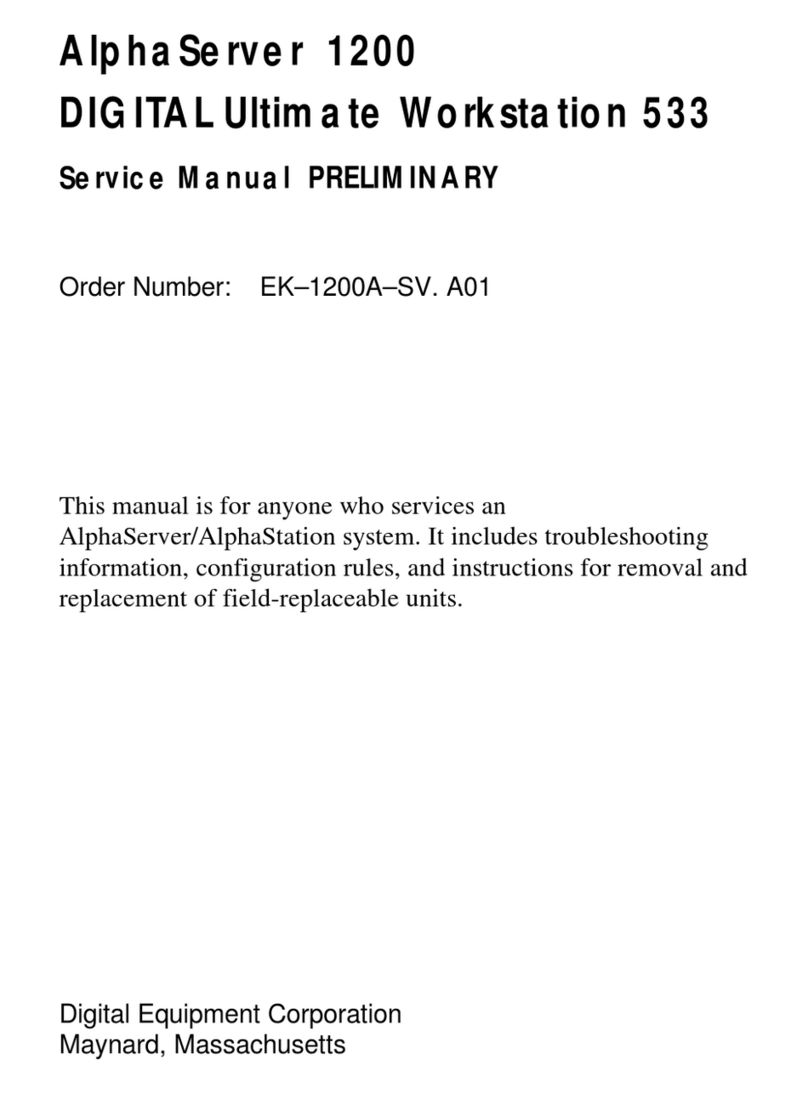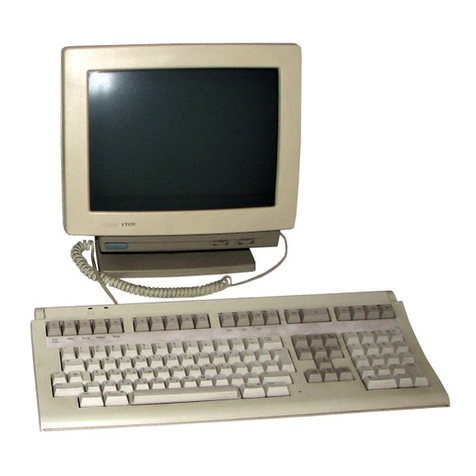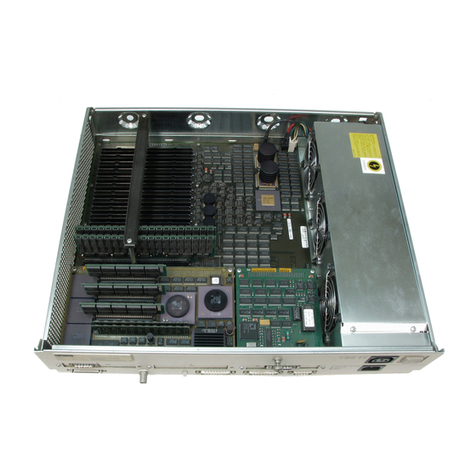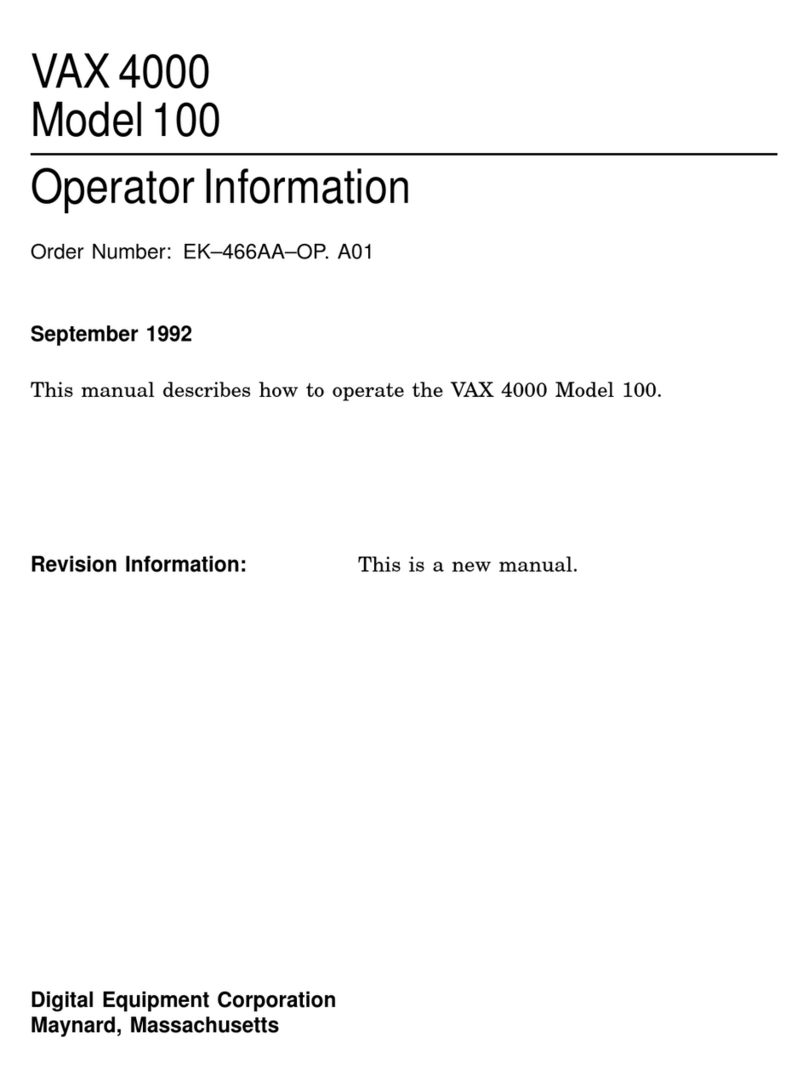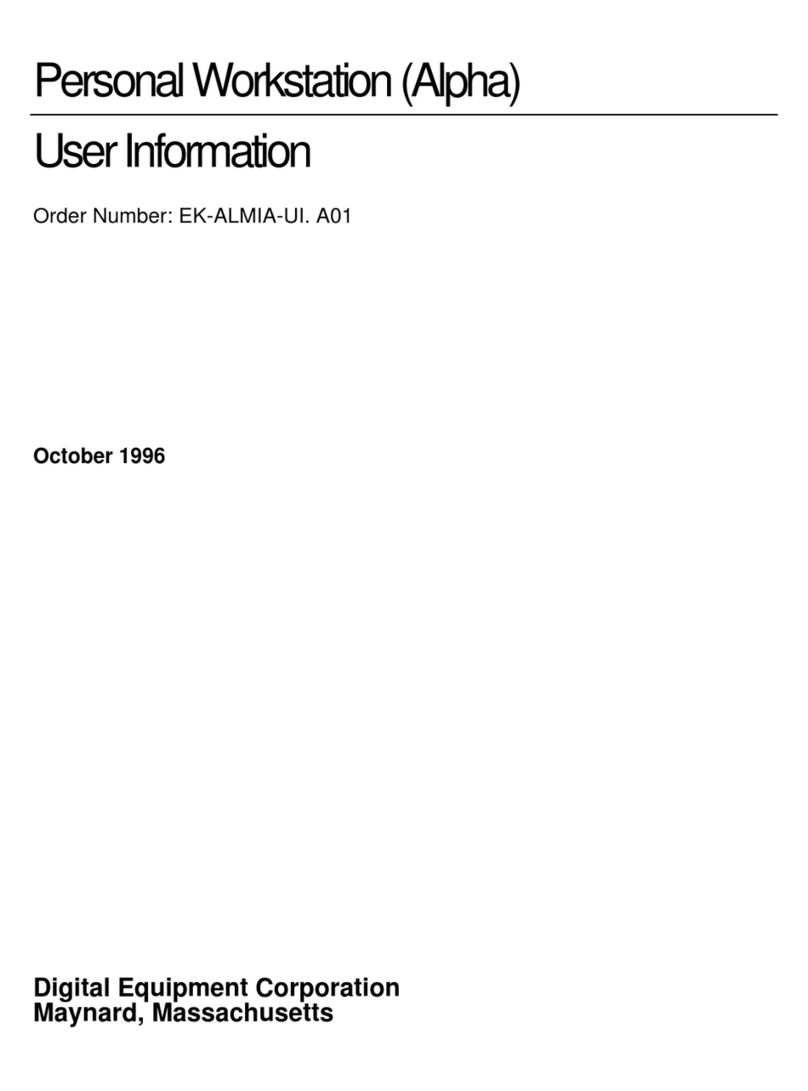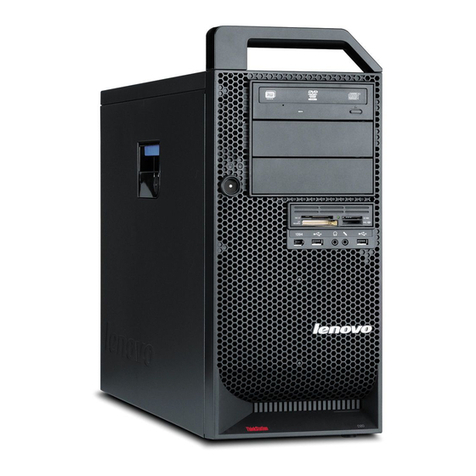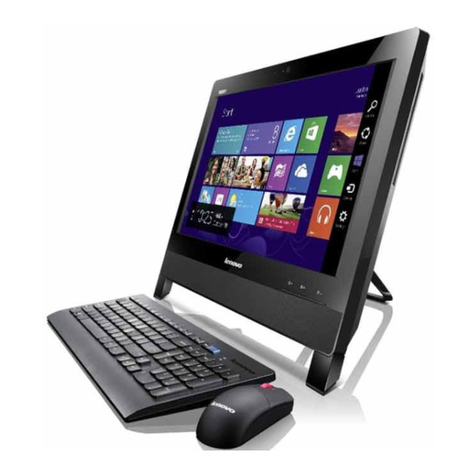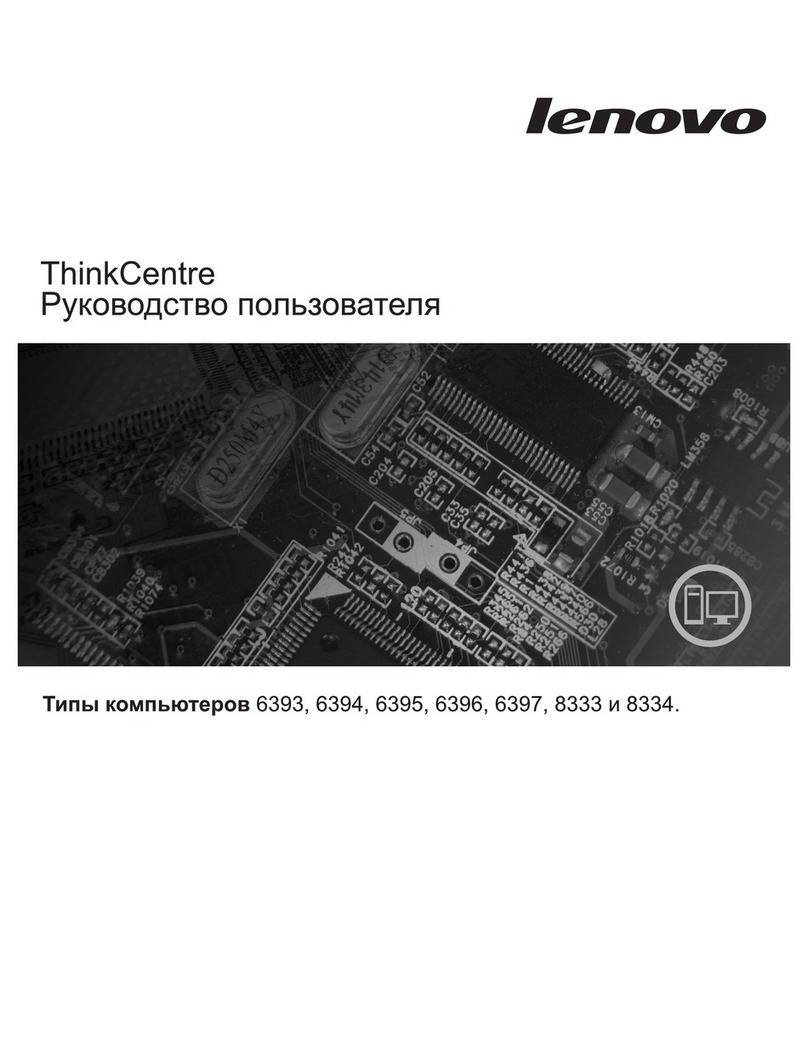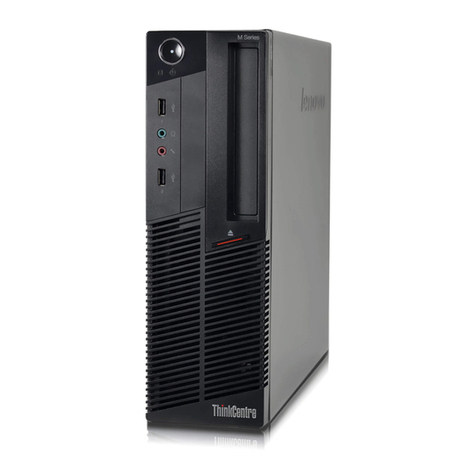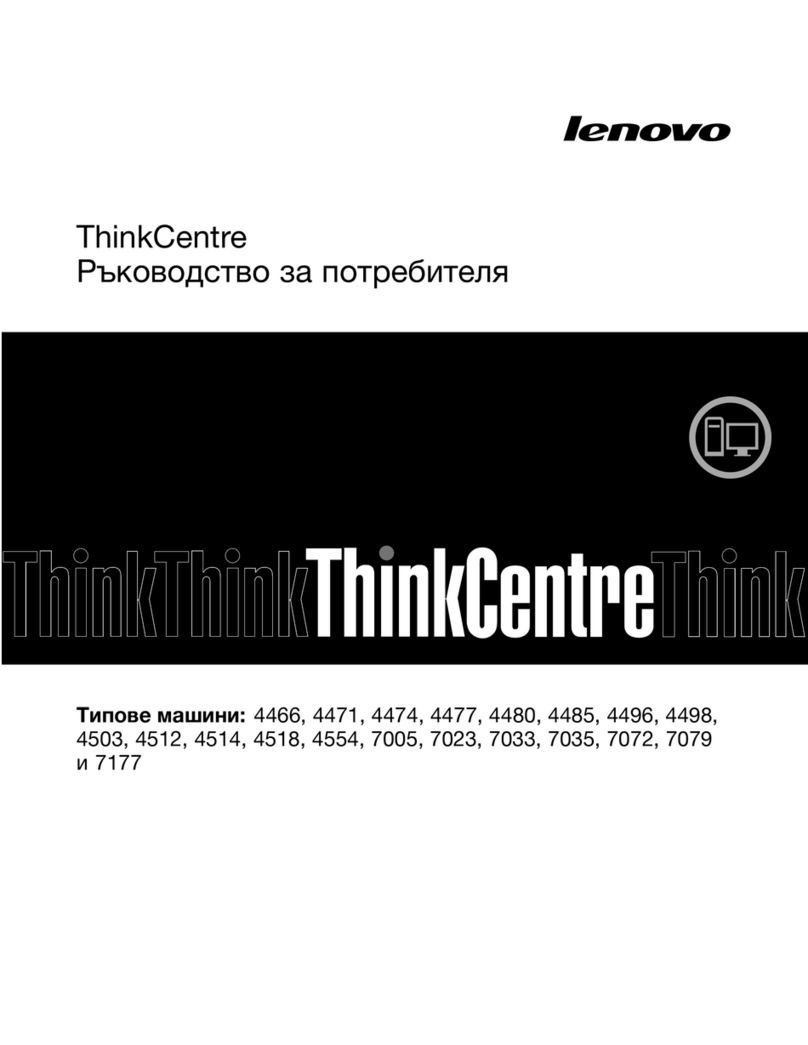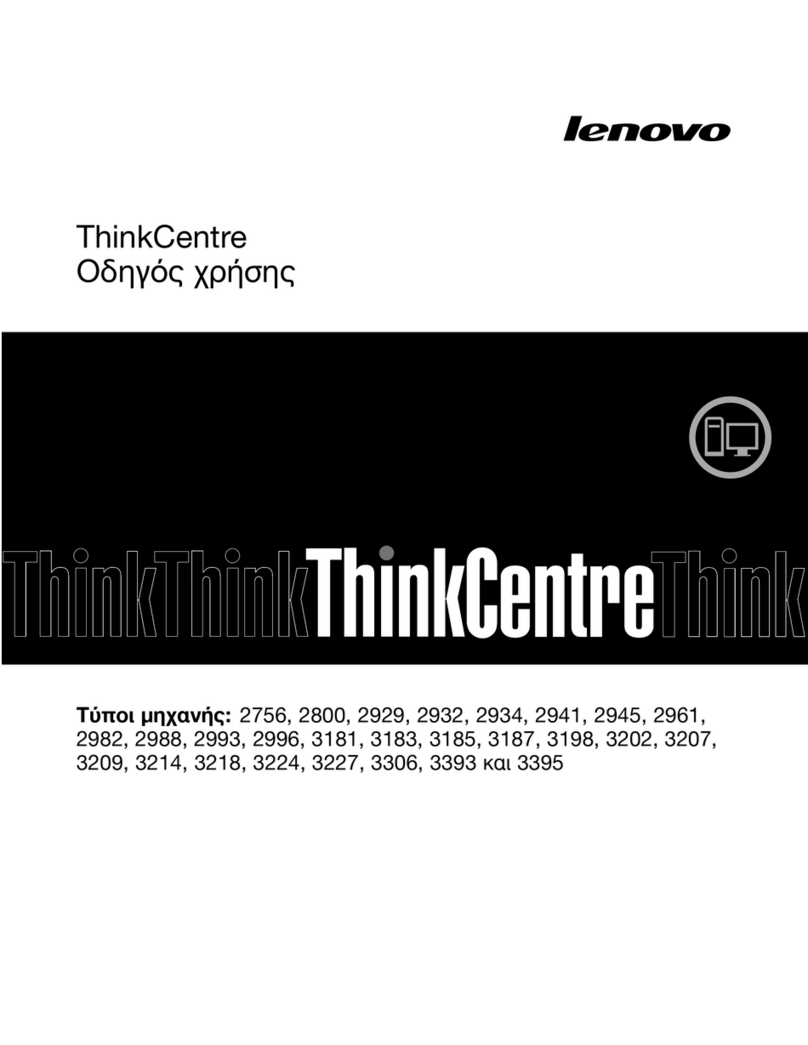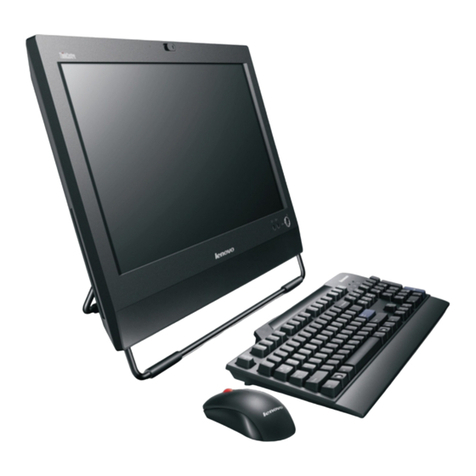1-3
This register takes part in all arithmetic, logical and data handling operations;
all data transfers to and from memory, peripheral equipment and console are
made via AR. Associated with AR are an extremely fast full adder, abuffer
register BR that holds asecond operand in many arithmetic and logical
instructions, amultiplier-quotient register MQ that serves primarily as an
extension of AR for handling double length operands, and smaller registers
that handle floating point exponents and control shift operations and byte
manipulation.
From the point of view of the programmer however the arithmetic logic
can be regarded as ablack box. It performs almost all of the operations
necessary for the execution of aprogram, but it never retains any informa-
tion from one instruction to the next. Computations performed in the black
box either affect control elements such as PC and the flags, or produce
results that are always sent to memory and must be retrieved by the proc-
essor if they are to be used as operands in other instructions.
An instruction word has only one 18-bit address field for addressing any
location throughout all of memory. But most instructions have two 4-bit
fields for addressing the first sixteen memory locations. Any instruction
that requires asecond operand has an accumulator address field, which can
address one of these sixteen locations as an accumulator; in other words as
though it were aresult held over in the processor from some previous
instruction (the programmer usually has achoice of whether the result of the
instruction will go to the location addressed as an accumulator or to that
addressed by the 18-bit address field, or to both). Every instruction has a
4-bit index register address field, which can address fifteen of these locations
for use as index registers in modifying the 18-bit memory address (a zero
index register address specifies no indexing). Although all computations on
both operands and addresses are performed in the single arithmetic register
AR, the computer actually has sixteen accumulators, fifteen of which can
double as index registers. The factor that determines whether one of the
first sixteen locations in memory is an accumulator or an index register is
not the information it contains nor how its contents are used, but rather
how the location is addressed. There need be no difference physically be-
tween these locations and other memory locations, but an optional, fast flip-
flop memory contained in the processor can be substituted for the bottom
sixteen locations in core. This allows much quicker access to these locations
whether they are addressed as accumulators, index registers or ordinary
memory locations. They can even be addressed from the program counter,
gaining faster execution for ashort but oft-repeated subroutine.
Besides the registers that enter into the regular execution of the program
and its instructions, the processor has apriority interrupt system and can
contain optional equipment to facilitate time sharing. The interrupt system
facilitates processor control of the peripheral equipment by means of anum-
ber of priority-ordered channels over which external signals may interrupt
the normal program flow. The processor acknowledges an interrupt request
by executing the instruction contained in aparticular location assigned to
the channel. Assignment of channels to devices is entirely under program
control. One of the devices to which the program can assign achannel is the
processor itself, allowing internal conditions such as overflow or aparity
